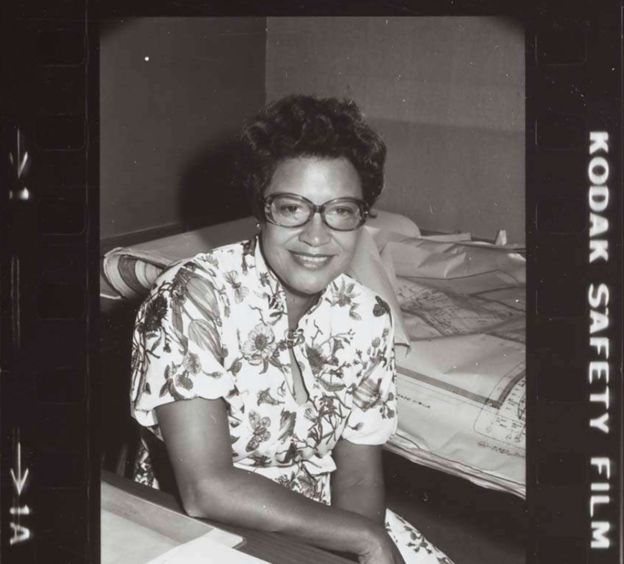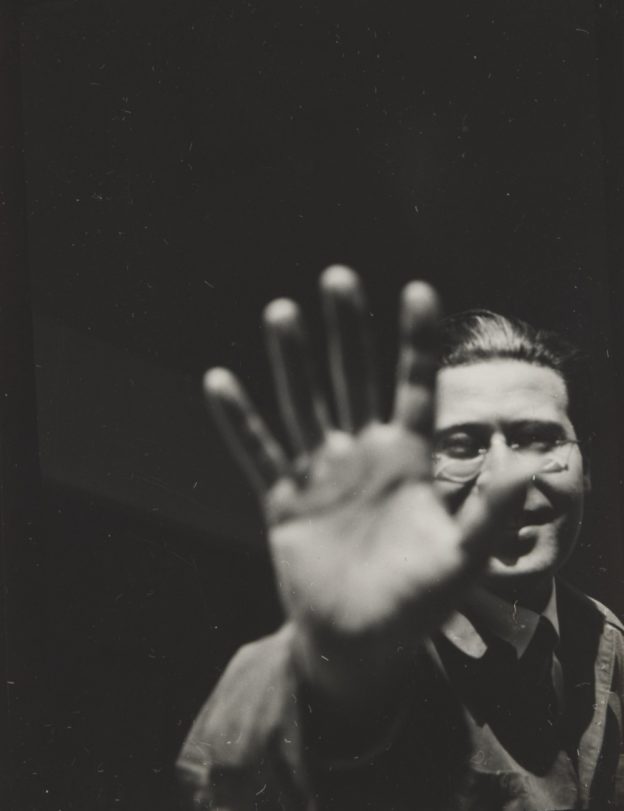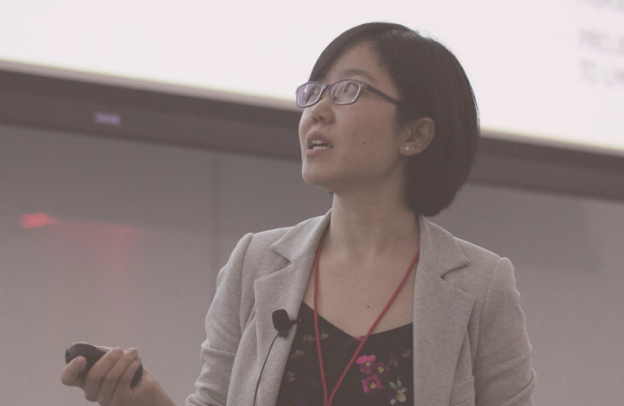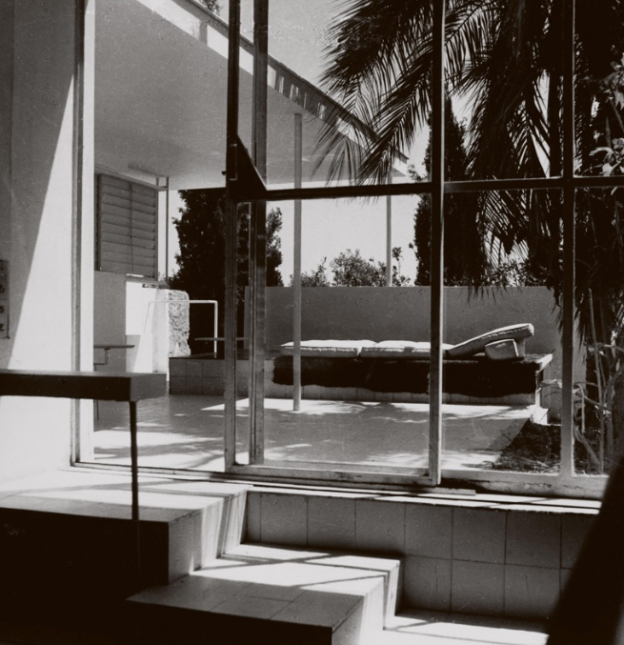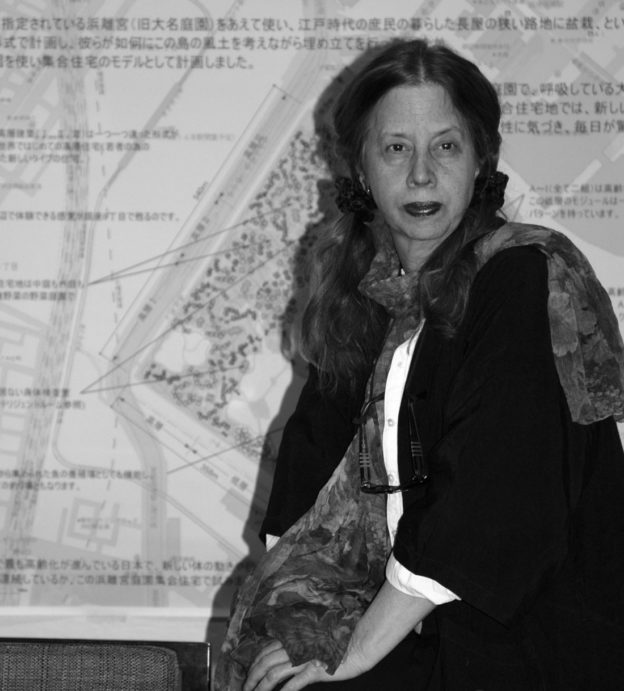
In celebration of Beverly L. Greene (1915-57)—the first African American women architect licensed to practice in the United States—and Norma Merrick Sklarek (1926-2012)—the first African American woman to be made a Fellow of the American Institute of Architects—join architect Roberta Washington, professors Mary McLeod and Patricia Morton, and Victoria Rosner (Dean of Academic Affairs, General Studies at Columbia University) for an online discussion.
McLeod and Rosner are the editors of the Pioneering Women of American Architecture website. See link below to register for the program.

BEVERLY L. GREENE and NORMA MERRICK SKLAREK—NEW RESEARCH IN BLACK WOMEN’S HISTORY IN ARCHITECTURE
Columbia University
Graduate School of Architecture, Planning and Preservation
Friday, January 15.
10 am on the West Coast, 1 pm East Coast, 6 pm London, 7 pm Paris.

From top: Unknown photographer, Contact sheet of Norma Merrick Sklarek, circa mid-20th century, silver and photographic gelatin on photographic paper, collection of the Smithsonian National Museum of African American History and Culture, image courtesy and © the Smithsonian; Sklarek in the meeting room at Gruen Associates, circa 1960, image courtesy and © Gruen Associates; Beverly L. Greene, photograph courtesy and © University of Illinois at Urbana-Champagne; the Gruen Associates projects Sklarek managed included the Pacific Design Center in West Hollywood, image courtesy and © Gruen Associates; Greene worked with Marcel Breuer on the design of the UNESCO United Nations Headquarters in Paris, image courtesy and © UNESCO.


